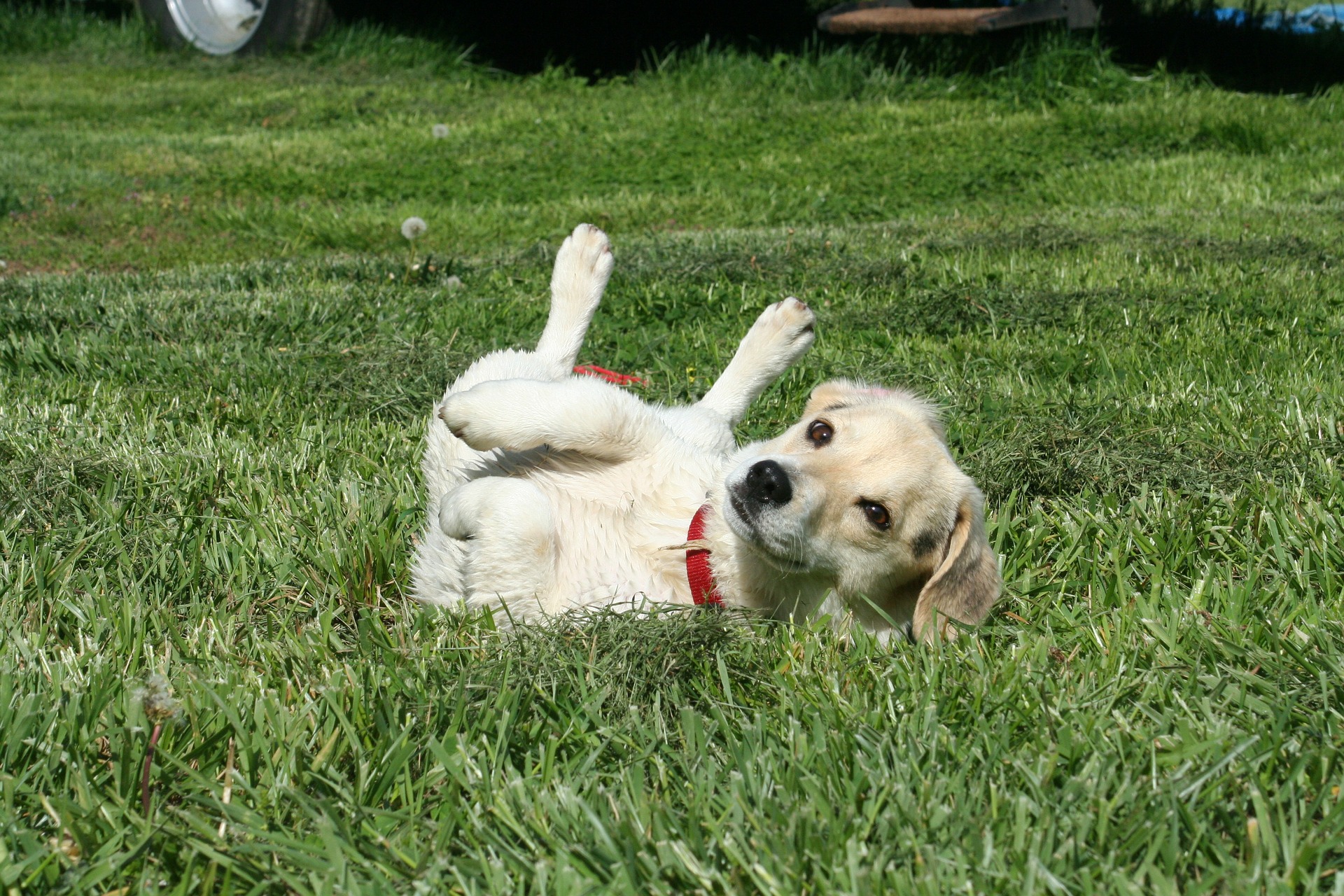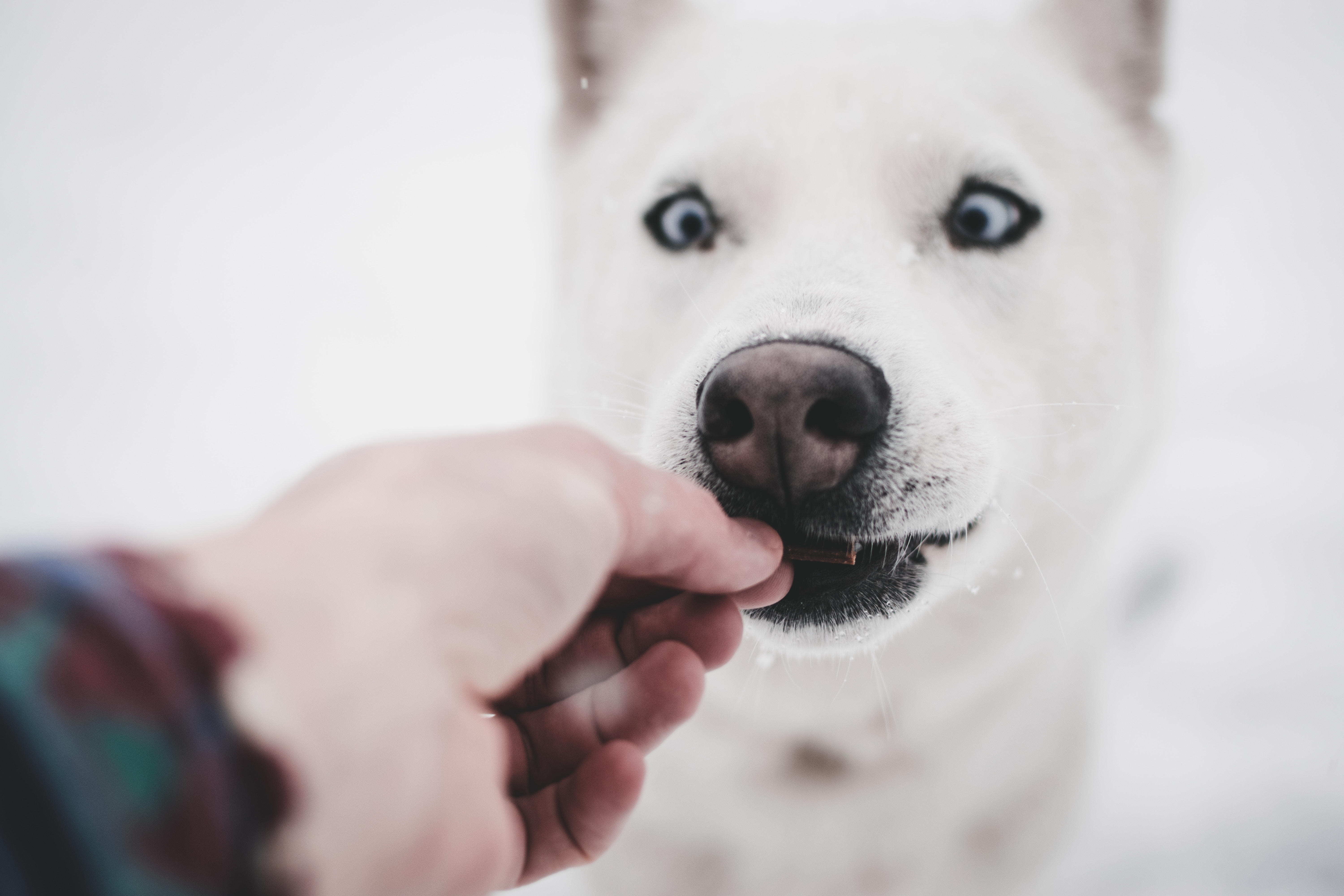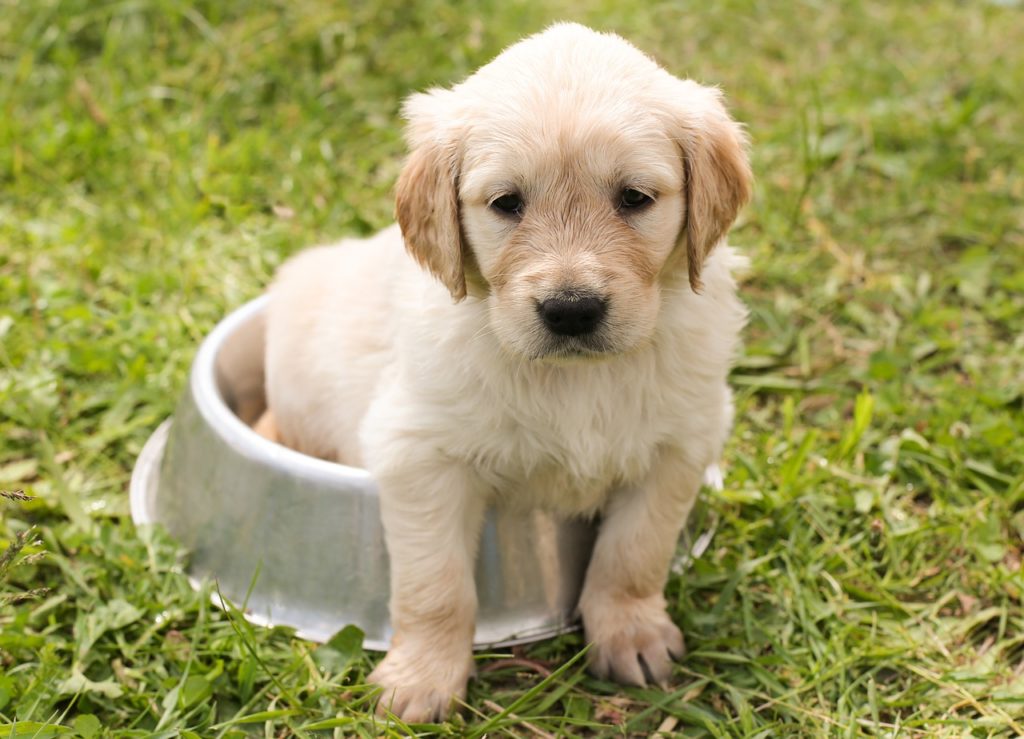Is Your Dog Itching?

Image courtesy of Pinpals @ Pixabay
Have you noticed your dog itching more than usual?
If so, your pooch is likely to be getting increasingly frustrated with the discomfort that the constant itching can cause.
Wondering how to help your itchy dog?
The key is to figure out the cause of the itching, as this will greatly help to narrow down your treatment options.
Dog Itching is Commonly Caused by Pests
Is your dog itching in the same spot?
The first thing that you should check for is ticks...
Ticks can sometimes be hard to see while they're small. However, it doesn't take long for them to become engorged, making them far easier to find and remove.
Simply run your fingers through your dog's fur. If you notice any small bumps, take a closer look to see if it is a tick. Don't forget to also check your dog's feet, as well as inside your dog's ears.
Found a tick on your dog?
The best way to remove this is with a tick remover tool. These enable you to gently and safely twist the tick out. Other methods can be quite dangerous – some result in the tick's head being left in your dog's body, while others may cause the tick to regurgitate into your dog's bloodstream, causing infections and diseases.
Another pest that you should keep an eye out for is fleas...
These aren't usually quite as dangerous as a tick, but they can definitely lead to some serious itching.
How do you check your dog for fleas?
If it's a bad infestation, you will likely notice them jumping around your dog's body.
However, fleas are fast movers, so even if you don't immediately see them, it is still worth taking a closer look...
Examine your dog's groin and armpits, as these are usually preferred areas for fleas. A flea comb can help to pull out any hiding fleas, or you could also gently blow on your dog's skin and see if any fleas start moving about.
If your dog does have fleas, speak to your vet about the best form of treatment. This should put a stop to your dog's itching pretty quickly.
Take a Look at Your Dog's Diet
Your dog's diet can lead to itching in a couple of different ways...
The first is when it comes to food allergies.
Although these are quite rare, they are actually becoming more prevalent now.
Some of the common foods that an itchy dog may be allergic to could include:
-
Certain proteins, such as beef, chicken or lamb
-
Soy, which can also lead to growth problems and other diseases
-
Wheat
-
Eggs, due to the proteins within them
-
Dairy (although this counts more as an intolerance than an allergy)
How do you know if your dog is suffering from a food allergy?
Well, in addition to the itchy skin and paws, you may also notice everything from hot spots and rashes to hair loss, ear infections and red eyes.
What should you do if you suspect your dog may have a food allergy?
You have a few options...
You could either try to pinpoint the allergen yourself by feeding your pooch an elimination diet.
Alternatively, speak to your vet about allergy testing. There are both blood and skin tests available, although these can sometimes be less-than-accurate.
In addition to looking at possible allergens, you should also check to see which other ingredients are in your dog's food.
Many grocery-store brands, and even prescription diets, contain low quality by-products and fillers. These can also cause a dog to start itching.
Does Your Dog Have Any Environmental Allergies?
Food isn't the only thing that can trigger an allergic reaction in your dog...
There are so many environmental allergens out there, from pollen to dander to certain plants. Each of these can lead to itching, and it can definitely be difficult to completely prevent your dog from coming into contact with these.
So, what should you do?
Well, with environmental allergens, you can often identify these yourself.
Is your dog itching more after being outdoors?
If so, have a think about the places he's just been, as well as the plants he's come across.
The tricky part about environmental allergens is that you can't simply eliminate them from your dog's life. After all, your dog will always need to go outside!
Instead, the best way to help your itchy dog deal with environmental allergies is by making sure that you give your dog a good clean every time he comes back indoors.
How?
Wipe down your dog's skin, and give the paws a wash. If your dog has spent a significant amount of time outside, a full bath may be in order.
However, be careful not to bathe your dog too often. This can actually exacerbate the itching, as it will cause your dog's skin to dry out.
When to Visit Your Vet
While pests and allergies tend to be the most common factors behind dog itching, there are several other causes to this too. Everything from skin diseases and infections to skin cancer can lead to itching and discomfort.
If you can't seem to figure out the cause of your dog's itching on your own, then a visit to the vet is a must. This will rule out anything serious, and your vet will be able to advise you on the best next steps to take.
Even if you do manage to figure out the cause of your dog's itching, a vet visit may still be in order. If your dog is itching quite severely, then your vet may be able to prescribe your dog with a special ointment or medication to soothe the skin temporarily, while you work on eliminating the root cause.
It isn't at all enjoyable for a dog to be constantly itching, so make sure that you get this under control as soon as possible. As soon as you notice that your dog seems to be itching more than usual, try to identify exactly why this is, seeking out the help of your vet if required.





